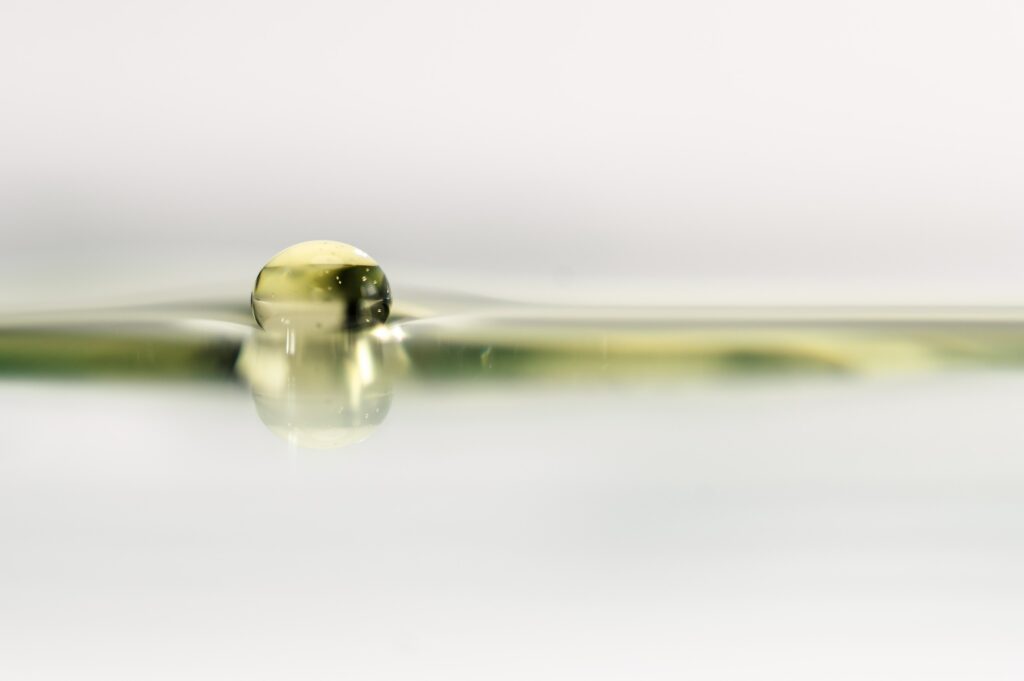What is capillarity?

Capillarity is a phenomenon through which liquids have the ability to rise or fall through a capillary tube. For its part, a capillary tube is an object, with different diameter measurements, through which liquids or fluids are conducted and it is in these where the phenomenon of capillarity occurs.
This phenomenon depends on the surface tension of the liquid, which causes it to face its resistance in order to increase its surface area. Likewise, the surface tension also depends on the intermolecular force of the liquid and that it will precisely allow it to rise or fall from the capillary tube.
In this sense, when a liquid rises through the capillary tube it is because the intermolecular adhesive force between the liquid and the solid object is greater than the intermolecular or cohesive force of the liquid molecules. In this case, the liquid will rise until it reaches equilibrium of surface tension and a concave curve will form on its surface, which will finally determine that it is a wetting liquid.
On the contrary, if the intermolecular force of the liquid is greater than the adhesion to the capillary tube, then the liquid goes down like, for example, mercury which is characterized by forming a convex surface. Now, these curves that form on the surfaces of the liquids in the capillaries, either concave or convex, are called the meniscus.
Let’s do the following practice, let’s get down to work!





Responses